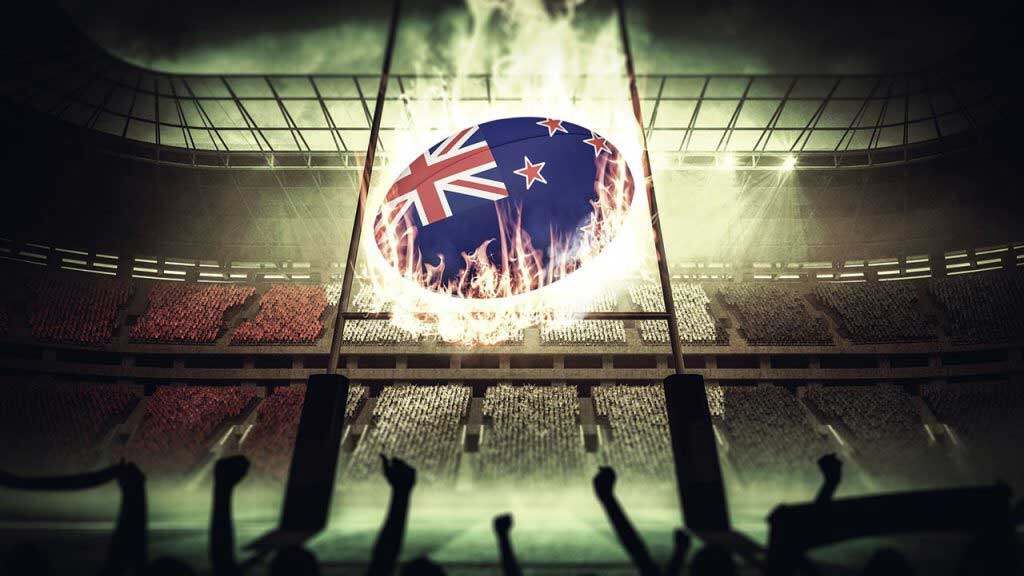Toni Bruce has been studying the meaning of men’s Rugby World Cups to New Zealanders since 2007. This year, the University of Auckland professor turned her gaze on the women’s Rugby World Cup and already has some interesting findings.


As well as attending most games in Auckland and Whangārei, Professor Bruce is conducting an anonymous survey where people can share their views about women’s rugby.
“The more people who do the survey, the better I can understand how they feel,” she says.
“I really want to know how they engaged with the Rugby World Cup, and what they think about developments in women’s rugby in recent few years.”
Loving the women’s style and attitude
The preliminary results of her fieldwork and 170 survey responses suggest the women’s spirit and style of play is capturing the hearts and minds of many New Zealanders.
“Men who have followed men’s rugby for many years appear to be thoroughly enjoying the women’s game,” she says.
The comments of a man in his late 60s capture this trend:
“It is great, open, running rugby, generally played in an excellent sporting spirit, with players obviously enjoying the team component of the game.” Another man (45) wrote, “Love the attitude the most. They know the rules and simply don’t intentionally break them.”
She says many compared the women’s game positively with the today’s elite men’s rugby.
“Fans at live games and survey respondents saw the women’s game as more open, free-flowing, cleaner, and entertaining, particularly as played by the Black Ferns.”
And the woman in her 40s who said, “I find it more enjoyable than the All Blacks to watch now,” is not alone. This sentiment has come through strongly in both the fieldwork and the survey.
Some positively contrasted what they saw as lower levels of aggression, and an intent to play the game, with one woman writing: “No mucking around or delaying tactics.”


Playing it ‘old style’
A number have positively compared women’s rugby to the pre-professional days when players played for the love of the sport, “not their pockets”.
Surprise at high quality
Other comments suggest the tide has turned as the quality of the women’s game continues to improve, with one woman writing: “Always thought women should be playing rugby but didn’t realise how exciting a rugby game could be until I watched the women.”
The cup is a multi-dimensional experience
Consumption of this year’s cup was a multi-dimensional affair, says Professor Bruce. Most fans engaged with it in multiple ways such as going to live games, then watching replays or delayed TV broadcasts, and following news coverage. Over half watched it at home, and a quarter went to games in a stadium.
Some followed it on social media and received mobile device updates. Those who didn’t attend live games either watched live broadcasts or replays on host broadcaster Spark, or delayed free-to-air broadcasts. A smaller number followed on social media, YouTube or accessed updates on their mobiles.
Most fans used more than one device to access Rugby World Cup content, with the most common combinations being TV and laptop or mobile, or laptop and mobile. For those using only one device, TV was the most common.
Reach of women’s rugby is narrower but growing
Comparing the results with Professor Bruce’s survey during the men’s 2011 Rugby World Cup in New Zealand, the personal importance of the Black Ferns winning is higher (63%) than for the All Blacks in 2011 (52%).
And although survey respondents assumed a lower level of national interest in the Black Ferns, the women’s Rugby World Cup and women’s rugby compared to the men, the difference was less than 10%.
However survey responses suggest there is a lower intensity of national and media interest in the result of the women’s World Cup compared with 2011. For example, less than a quarter (24%) are talking about the cup with others.
The 65.5% who believe the media is treating the women’s cup as important is well below the 100% who thought this is 2011. More than half (56%) want more media coverage of the Black Ferns and the cup.
As well as less conversation about the event, some noted few homes decorated with flags, and a lack of party zones. Comparing the 2022 and 2011 events, one woman (28) said, “It was all-consuming in 2011, there were so many events and watch parties. Even though I didn’t go to any games at the stadiums I watched all of them in fan zones in Auckland I remember where I was for each game.”
Interested fans made significant efforts to follow the cup: over a quarter (26%) organised their lives around the event, and another 46% changed some aspects of their lives to be involved.
One woman (56) pointed out that although there were fewer flags and party sites, there was “absolutely the same buzz in the stadium when the Black Ferns are playing”.








































